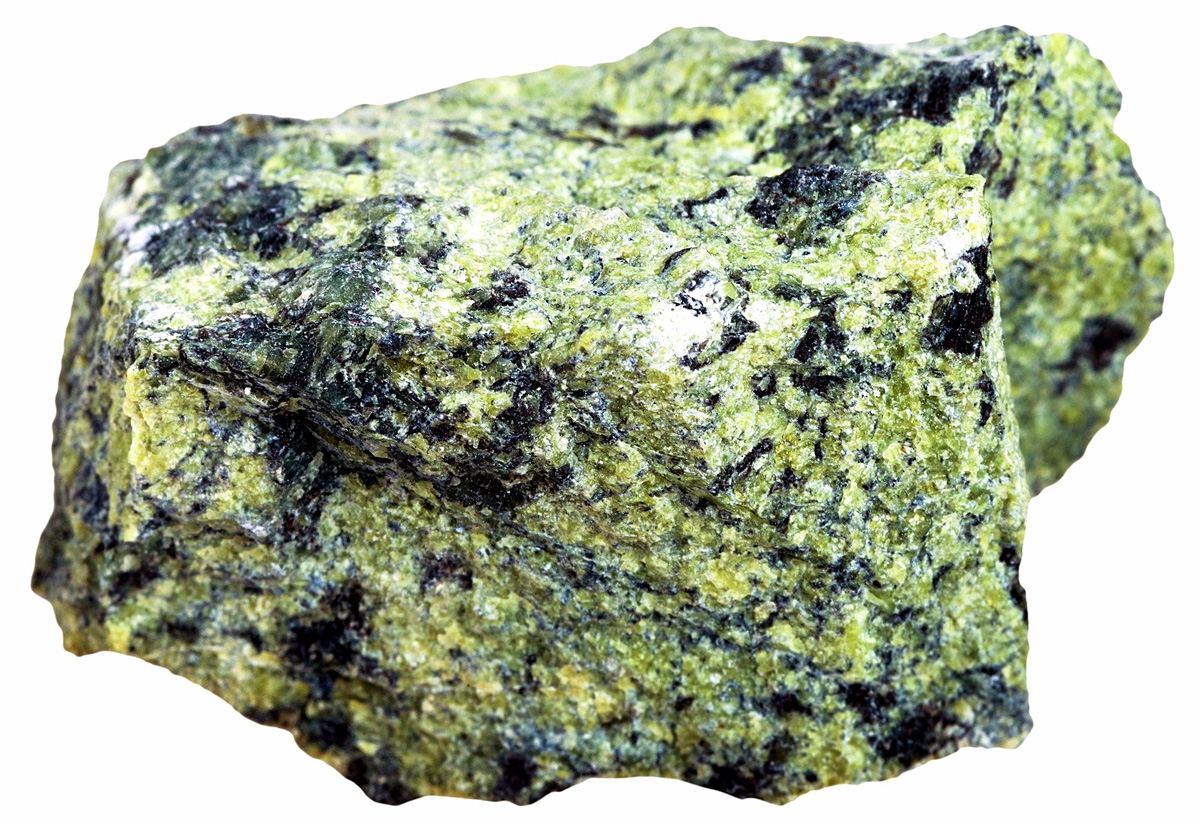
PHYSICAL PROPERTIES
- GROUP Silicates - phyllosilicates
- COMPOSITION (Mg,Fe,Ni)3Si2O5(OH) 4
- COLOR White, gray, yellow, green or greenish blue
- CRYSTALLINE SYSTEM Monoclinic
- CRYSTALLINE HABIT Normally massive or pseudomorph
- HARDNESS 3.5 - 5.5
- FRACTURE Conchoidal to splintery
- EXFOLIATION Perfect, but invisible
- GLOSS Subvitreous to oily, resinous, earthy, matte
- STRIP White
- TRANSPARENCY From translucent to opaque
- SPECIFIC GRAVITY 2.5 - 2.6
- REFRACTIVE INDEX 1.55 - 1.56
MINERALOGICAL CHARACTERISTICS
The serpentine is a group of hydrated silicates comprising four main types (chrysotile, antigorite, lizardite and small table). The appearance of the different varieties of serpentine is similar. Depending on each variety, it can be rich in magnesium, in iron, in aluminum, in manganese, in strong>nickel, in lithium, in zinc or in calcium.
The name serpentine refers to the spots it presents, reminiscent of snake skin. It can have green, yellow, white, bluish and gray tones.
The serpentine is considered a secondary mineral, formed by the alteration of other minerals, such as olivine, pyroxene or amphibole . It appears in areas of regional metamorphism.
Deposits: Canada, China, United States, South Africa, Afghanistan, Italy, England and Italy.
THERAPEUTIC PROPERTIES
The serpentine is a mineral that favors rooting in the earth and spiritual exploration. Activates psychic ability and helps retrieve ancient wisdom and memories. Works the 4th chakra (heart) along with the other corresponding minerals.
The serpentine is considered a cleansing stone, both on a physical level by cleansing the body, and on an energetic level through the chakras.


